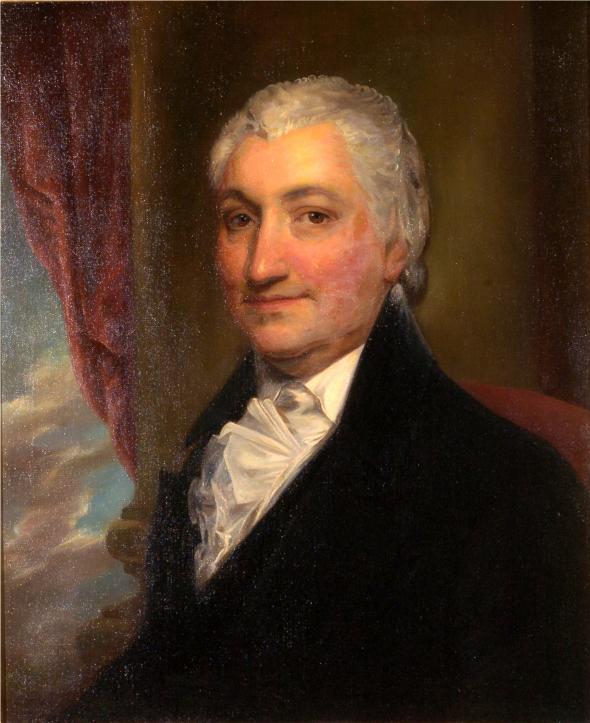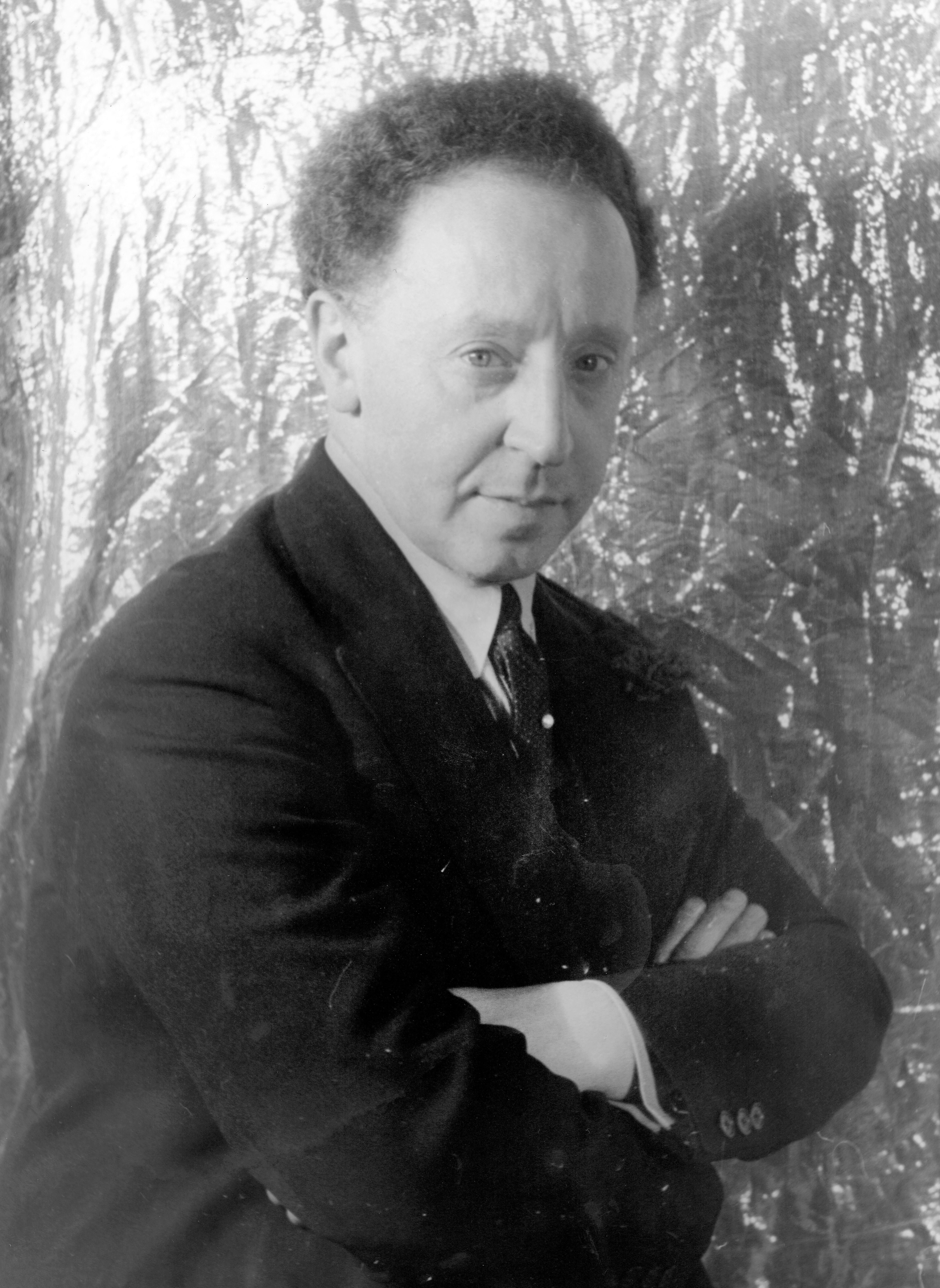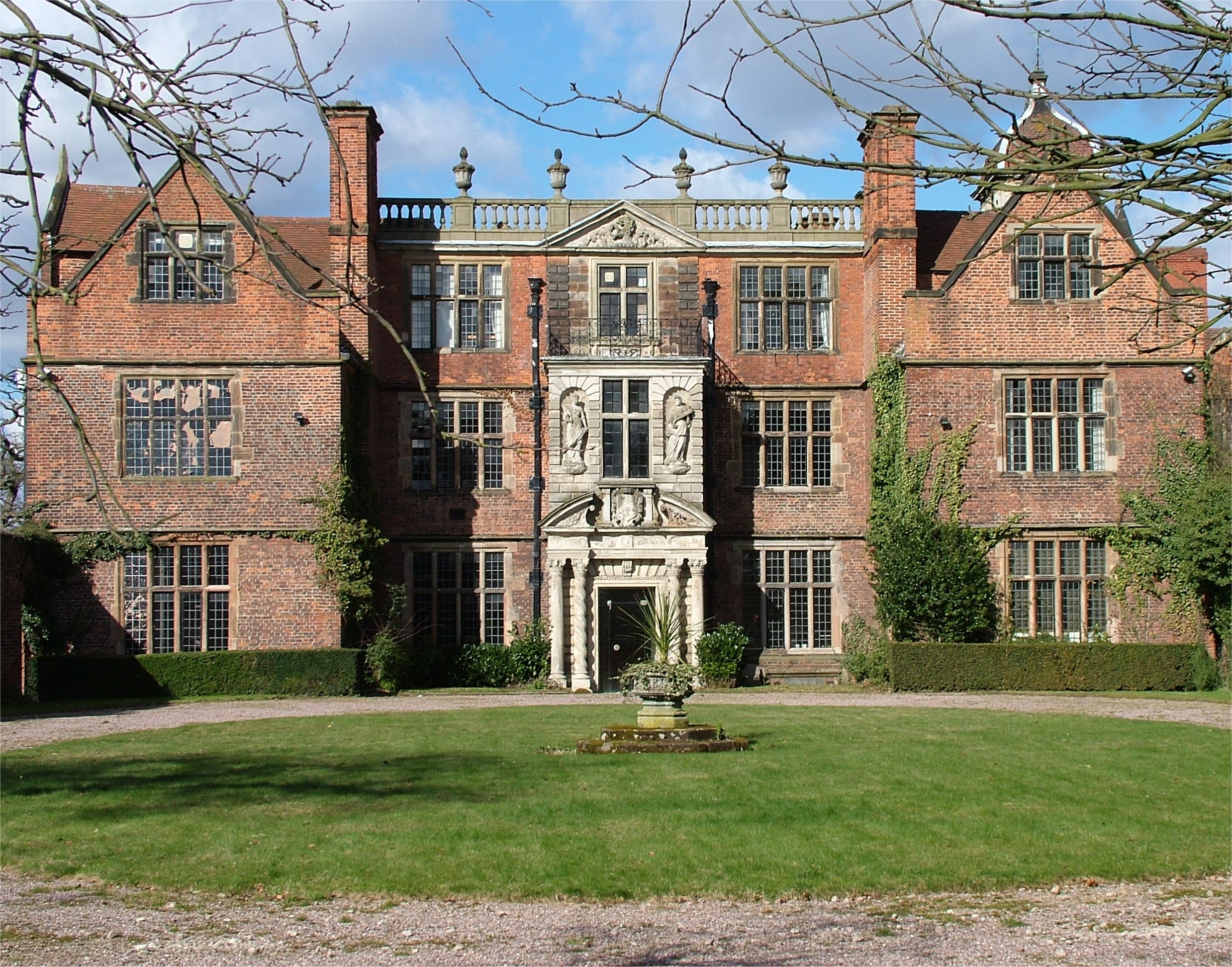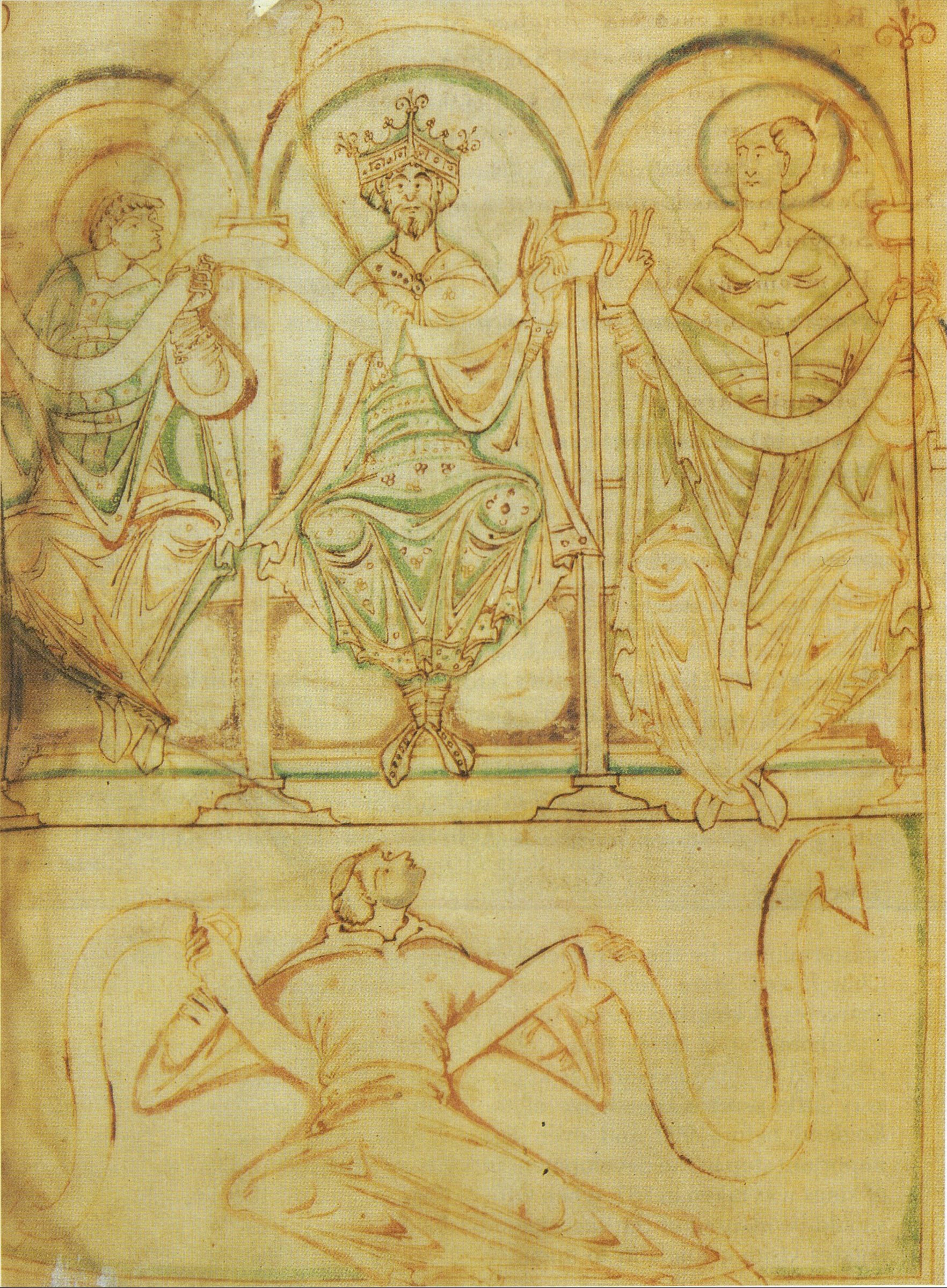|
Bellefield Hall
Bellefield Hall is a Pittsburgh History and Landmarks Foundation Historic Landmark and is a contributing property to the Schenley Farms Historic District on the campus of the University of Pittsburgh across Bellefield Avenue from Heinz Memorial Chapel and the lawn of the university's Cathedral of Learning in Pittsburgh, Pennsylvania, USA. A 1924 Italianate structure by architect Benno Janssen, it originally served as a Young Men's and Women's Hebrew Association, but now houses rehearsal spaces, classrooms, offices, and a Digital Recording Studio for the University of Pittsburgh's Department of Music, as well as a university gymnasium, fitness center, indoor swimming pool, and a 676-seat auditorium. History Bellefield Hall, constructed in 1924, was designed by architect Benno Janssen by combining the facades of the Italianate Palzzo Piccolomini delle Papesse in Siena with the 18th-century Lee House at Stratford in Virginia for the Flemish-bond brick finish and the high baseme ... [...More Info...] [...Related Items...] OR: [Wikipedia] [Google] [Baidu] |
University Of Pittsburgh
The University of Pittsburgh (Pitt) is a Commonwealth System of Higher Education, state-related research university in Pittsburgh, Pennsylvania, United States. The university is composed of seventeen undergraduate and graduate schools and colleges at its Urban university, urban Pittsburgh campus, home to the university's central administration and around 28,000 undergraduate and graduate students. The 132-acre Pittsburgh campus includes various historic buildings that are part of the Schenley Farms Historic District, most notably its 42-story Gothic Revival architecture, Gothic revival centerpiece, the Cathedral of Learning. Pitt is a member of the Association of American Universities and is Carnegie Classification of Institutions of Higher Education, classified among "R1: Doctoral Universities – Very high research activity". Pitt traces its roots to the Pittsburgh Academy founded by Hugh Henry Brackenridge in 1787. While the city was still on the History of Pittsburgh#Gatewa ... [...More Info...] [...Related Items...] OR: [Wikipedia] [Google] [Baidu] |
Siena
Siena ( , ; traditionally spelled Sienna in English; ) is a city in Tuscany, in central Italy, and the capital of the province of Siena. It is the twelfth most populated city in the region by number of inhabitants, with a population of 52,991 as of 2025. The city is historically linked to commercial and banking activities, having been a major banking centre until the 13th and 14th centuries. Siena is also home to the List of oldest banks in continuous operation, oldest bank in the world, the Banca Monte dei Paschi di Siena, Monte dei Paschi, which has been operating continuously since . Several significant Mediaeval and Renaissance painters were born and worked in Siena, among them Duccio di Buoninsegna, Ambrogio Lorenzetti, Simone Martini and Stefano di Giovanni, Sassetta, and influenced the course of Italian and European art. The University of Siena, originally called ''Studium Senese'', was founded in 1240, making it one of the List of oldest universities in continuous oper ... [...More Info...] [...Related Items...] OR: [Wikipedia] [Google] [Baidu] |
University Place Office Building
University Place Office Building was a 6-story building constructed in 1924 and had been a contributing property to the Schenley Farms National Historic District on the campus of the University of Pittsburgh in Pittsburgh, Pennsylvania, United States. Once located at 121 University Place (originally Natalie Avenue), the building was originally the Schenley Office Physicians Building designed by architect Edward B. Lee and associate architect J. B. Blair for the Physicians Land Company. Long housing offices of physicians associated with the university's medical school and medical center, the building was acquired by the university in June 1983 for $1.25 million and then housed a variety of university offices, including the University Center for Social and Urban Research, until its demolition in 2011. University Center for Social and Urban Research (UCSUR) In its final years of use by the university, the University Center for Social and Urban Research (UCSUR) was housed within ... [...More Info...] [...Related Items...] OR: [Wikipedia] [Google] [Baidu] |
University Of Pittsburgh Press
The University of Pittsburgh Press is a scholarly publishing house and a major American university press, part of the University of Pittsburgh. The university and the press are located in Pittsburgh, Pennsylvania, in the United States. The press publishes several series in the humanities and social sciences, including Illuminations—Cultural Formations of the Americas; Pitt Latin American Series; Pitt Series in Russian and East European Studies, Pittsburgh Series in Composition, Literary, and Culture; Pittsburgh/Konstanz Series in Philosophy and History of Science; Culture, Politics, and the Built Environment; Central Eurasia in Context, and Latinx and Latin American Profiles. The press is especially known for literary publishing, particularly its Pitt Poetry Series, the Agnes Lynch Starrett Poetry Prize, and the Drue Heinz Literature Prize. The press also publishes the winner of the annual Donald Hall Prize, awarded by the Association of Writers & Writing Programs and the w ... [...More Info...] [...Related Items...] OR: [Wikipedia] [Google] [Baidu] |
Ron Paul
Ronald Ernest Paul (born August 20, 1935) is an American author, activist, and politician who served as the U.S. representative for Texas's 22nd congressional district from 1976 to 1977, and again from 1979 to 1985, as well as for Texas's 14th congressional district from 1997 to 2013. On three occasions, he sought the presidency of the United States, first as the Libertarian Party nominee in 1988, and then as a candidate for the Republican Party in 2008 and 2012. A self-described constitutionalist, Paul is a critic of several of the federal government's policies, especially the existence of the Federal Reserve and tax policy, as well as the military–industrial complex, the war on drugs, and the war on terror. He has also been a vocal critic of mass surveillance policies such as the Patriot Act and the NSA surveillance programs. In 1976, Paul formed the Foundation for Rational Economics and Education (FREE), and in 1985 was named the first chairman of the cons ... [...More Info...] [...Related Items...] OR: [Wikipedia] [Google] [Baidu] |
YMCA
YMCA, sometimes regionally called the Y, is a worldwide youth organisation based in Geneva, Switzerland, with more than 64 million beneficiaries in 120 countries. It has nearly 90,000 staff, some 920,000 volunteers and 12,000 branches worldwide. It was founded in London on 6 June 1844 by George Williams (philanthropist), George Williams as the Young Men's Christian Association. The organisation's stated aim is to put Christian values into practice by developing a healthy body, mind, and spirit. From its inception, YMCA grew rapidly, ultimately becoming a worldwide movement founded on the principles of muscular Christianity. Local YMCAs deliver projects and services focused on youth development through a wide variety of youth activities, including providing athletic facilities, holding classes for a wide variety of skills, promoting Christianity, and humanitarian work. YMCA is a non-governmental federation, with each independent local YMCA affiliated with its national or ... [...More Info...] [...Related Items...] OR: [Wikipedia] [Google] [Baidu] |
Jean-Pierre Rampal
Jean-Pierre Louis Rampal (7 January 1922 – 20 May 2000) was a French flautist. Rampal popularised the flute in the post–World War II years, recovering flute compositions from the Baroque era, and spurring contemporary composers, such as Francis Poulenc, to create new works that have become modern standards in the flautist's repertoire. Early years Born in Marseille, the only child of Andrée (née Roggero) and flautist Joseph Rampal. His father Joseph was taught by Hennebains, who also taught Rene le Roy and Marcel Moyse. Dorgeuille, p. 26Joseph Rampal studied flute at the Paris Conservatoire where Adolphe Hennebains (1862–1914) had in 1909 succeeded Paul Taffanel as professor of flute. Joseph Rampal went on to win the First Prize in the Conservatoire's annual flute competition in 1919. Under the tutelage of his father, Rampal began playing the flute at the age of 12. He studied the Altès method at the Conservatoire, where he won first prize in the school ... [...More Info...] [...Related Items...] OR: [Wikipedia] [Google] [Baidu] |
Isaac Stern
Isaac Stern (July 21, 1920 – September 22, 2001) was an American violinist. Born in Ukraine, Stern moved to the United States when he was 14 months old. Stern performed both nationally and internationally, notably touring the Soviet Union and China, and performing extensively in Israel, a country to which he had close ties since shortly after its founding. Stern received extensive recognition for his work, including winning the Presidential Medal of Freedom and six Grammys, Grammy Awards, and being named to the French Legion of Honour. The Isaac Stern Auditorium at Carnegie Hall bears his name, due to his role in saving the venue from demolition in the 1960s. Biography The son of Solomon and Clara Stern, Isaac Stern was born in Kremenets, Second Polish Republic, Poland (now Ukraine), into a Jewish family. He was 14 months old when his family moved to San Francisco in 1921. Both his parents were musical and his mother, who had studied at the Saint Petersburg Conservatory, b ... [...More Info...] [...Related Items...] OR: [Wikipedia] [Google] [Baidu] |
Arthur Rubinstein
Arthur Rubinstein Order of the British Empire, KBE OMRI (; 28 January 1887 – 20 December 1982) was a Polish Americans, Polish-American pianist."Artur Rubinstein" ''Encyclopædia Britannica'' He is widely regarded as one of the greatest pianists of all time. He received international acclaim for his performances of the music written by a variety of composers and many regard him as one of the greatest Frédéric Chopin, Chopin interpreters of his time. He played in public for eight decades. His repertoire also included the works of Beethoven, Mozart, Schubert, Liszt, Tchaikovsky, Saint-Saëns, Schumann and more. Early life Arthur Rubinstein was born in Łódź, Congress Poland (part of the Russian Empire for the entire time Rubinstein ...[...More Info...] [...Related Items...] OR: [Wikipedia] [Google] [Baidu] |
Jacobean Architecture
The Jacobean style is the second phase of Renaissance architecture in England, following the Elizabethan style. It is named after King James VI and I, with whose reign (1603–1625 in England) it is associated. At the start of James's reign, there was little stylistic break in architecture, as Elizabethan trends continued their development. However, his death in 1625 came as a decisive change towards more classical architecture, with Italian influence, was in progress, led by Inigo Jones. The style this began is sometimes called Stuart architecture, or English Baroque (though the latter term may be regarded as starting later). Courtiers continued to build large prodigy houses, even though James spent less time on summer progresses around his realm than Elizabeth had. The influence of Flemish and German Northern Mannerism increased, now often executed by recruited craftsmen and artists, rather than obtained from books as in the previous reign. There continued to be very little b ... [...More Info...] [...Related Items...] OR: [Wikipedia] [Google] [Baidu] |
Edgar J
Edgar is a commonly used masculine English given name, from an Anglo-Saxon name ''Edgar'' (composed of ''wikt:en:ead, ead'' "rich, prosperous" and ''Gar (spear), gar'' "spear"). Like most Anglo-Saxon names, it fell out of use by the Late Middle Ages; it was, however, revived in the 18th century, and was popularised by its use for a character in Sir Walter Scott's ''The Bride of Lammermoor'' (1819). The name was more common in the United States than elsewhere in the Anglosphere during the 19th century. It has been a particularly fashionable name in Latin American countries since the 20th century. People with the given name * Edgar the Peaceful (942–975), king of England * Edgar the Ætheling (c. 1051 – c. 1126), last member of the Anglo-Saxon royal house of England * Edgar of Scotland (1074–1107), king of Scotland * Edgar Alaffita (born 1996), Mexican footballer * Edgar Allan (other), multiple people * Edgar Allen (other), multiple people * Edgar Angara ... [...More Info...] [...Related Items...] OR: [Wikipedia] [Google] [Baidu] |
Samuel Yellin
Samuel Yellin (1884–1940) was an American master blacksmith and metal designer. Early life and education Samuel Yellin was born to a Jewish family in Mohyliv-Podilskyi, Ukraine in the Russian Empire in 1884. At the age of eleven, he was apprenticed to a master ironsmith. In 1900, at the age of sixteen, he completed his apprenticeship. Shortly afterwards he left Ukraine and traveled through Europe. In about 1905, he arrived in Philadelphia, in the United States, where his mother and two sisters were already living. His brother arrived in Philadelphia at about the same time. In early 1906, Yellin took classes at the Pennsylvania Museum School of Industrial Art and within several months was teaching classes there, a position he maintained until 1919. Career In 1909, Yellin opened his own metalsmith shop. In 1915, the firm of Mellor, Meigs & Howe, for whom he designed and created many commissions, designed a new studio for Samuel Yellin Metalworkers at 5520 Arch Street in Ph ... [...More Info...] [...Related Items...] OR: [Wikipedia] [Google] [Baidu] |










